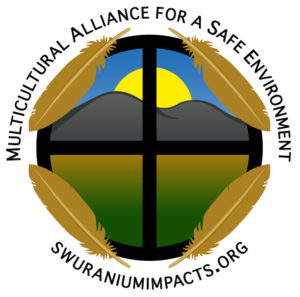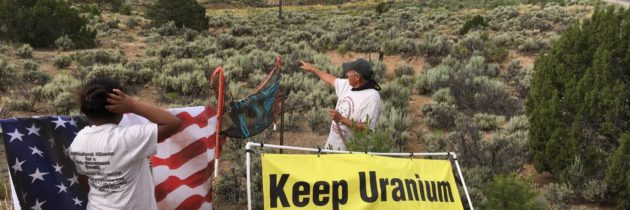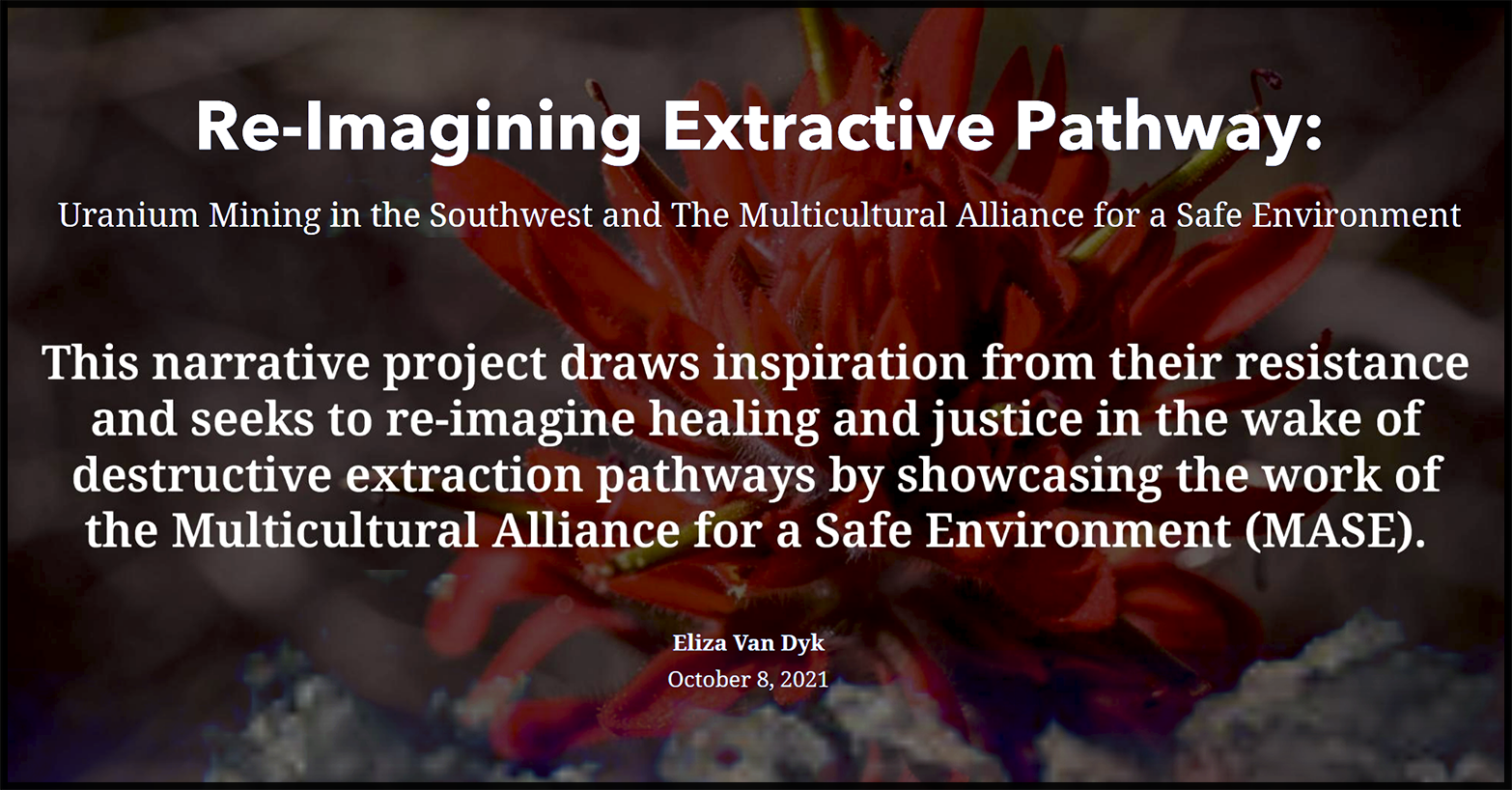Nez: ‘Just imagine what we’re breathing in’
Cleanup of Navajo uranium contamination ‘daunting’
By Kathy Helms, Special correspondent, khelms@gallupindependent.com
April 29, 2022
GALLUP – Following the U.S. Nuclear Regulatory Commission’s Earth Day meeting at a shade house on Red Water Pond Road amid a brutal wind storm, the NRC held a formal meeting at the Hilton to discuss how regulators plan to address uranium contamination on the Navajo Nation.
“Some of us are still taking the sand out of our ears and our hair. That’s just what you live with here in the Southwest – a lot of wind,” Navajo Nation President Jonathan Nez said during opening remarks. “If there are over 500 uranium mines, just imagine what we’re breathing in with the local community.”
Commissioner Jeff Baran said he began working on the contamination issues 15 years ago in 2007 when U.S. Rep. Henry Waxman led the House Committee on Oversight and Government Reform in a hearing to understand the scope of the Navajo problem and what needed to be done in the interim.
“The challenge is daunting. The widespread uranium contamination that has been around the Navajo Nation is a shameful tragedy,” Baran said. “What happened was wrong and the federal government bears most of the blame.”
Feds to blame
“In spite of its trust responsibility, the federal government allowed millions of tons of uranium ore to be mined and milled on the Navajo Nation to supply the yellowcake used to build the nuclear weapons stockpile during the Cold War,” Baran said. “Workers and communities were not protected or even warned of the dangers.”
In September 2018, United Nuclear Corp./General Electric, submitted a request to the NRC for a license amendment that would pave the way for the relocation of 1 million cubic yards – 1.4 million tons – of radioactive waste from the Northeast Churchrock Mine to UNC’s former uranium mill.
Michael Montgomery, director of the Superfund Division at EPA Region 9, said it seemed fitting that everyone gathered there on Earth Day take a minute to acknowledge the damage and the legacy of uranium mining and its disproportionate impact on the Navajo.
“The remedy is designed to take the mine waste to the mill site and contain it in a state-of-the-art containment facility. Restoring this site to unrestricted use would safely contain the waste and provide for long-term federal stewardship close to the Navajo trust land,” Montgomery said.
The highest levels of contamination, about 3% of the volume, will go farther away to a licensed disposal facility. An evapotranspiration cover, which will limit the infiltration of water, will be placed on top of the mine waste cell.
Downstream, downwind
Red Water Pond Road residences are “downstream and downwind” of the Northeast Churchrock Mine waste pile, he said.
The existing cover will serve as the bottom liner for the mine waste and prevent co-mingling of the more radioactive mill waste. The remedy also will include improvements to stormwater diversion structures and keep water away from the mine waste. The mill tailings from below the mine waste and the groundwater are separated from the bottom of the tailings impoundment by more than 40 feet.
Effective remedy?
Montgomery said EPA recognizes that despite their best efforts, “there’s still some concerns about the design,” but added that EPA can still demonstrate that it is the most protective and effective remedy that we can implement using our statutory tools.”
Baran said the Northeast Churchrock Mine waste is a tough issue and has been for over a decade. “I know that the Navajo Nation and Navajo communities have major concerns with disposal across the street at the mill site. My sense is that a couple of big issues are driving the proposed remedy at the mill site: cost and the potential hazards of transportation. Mr. Montgomery, is that right?”
Montgomery agreed that those are two of the main reasons, but that there are follow-on considerations about the availability of those facilities and about capacity for the available facilities.
Baran said there are over 500 abandoned uranium mines and the Ten-Year Plan calls for starting cleanup at 110 of them. “That’s a lot of mine waste. That’s a lot of sites. Do we have a sense of where all of that mine waste is going to go?” he asked. “How could we do this 500 times, trying to figure out a one-stop solution for every mine?”






